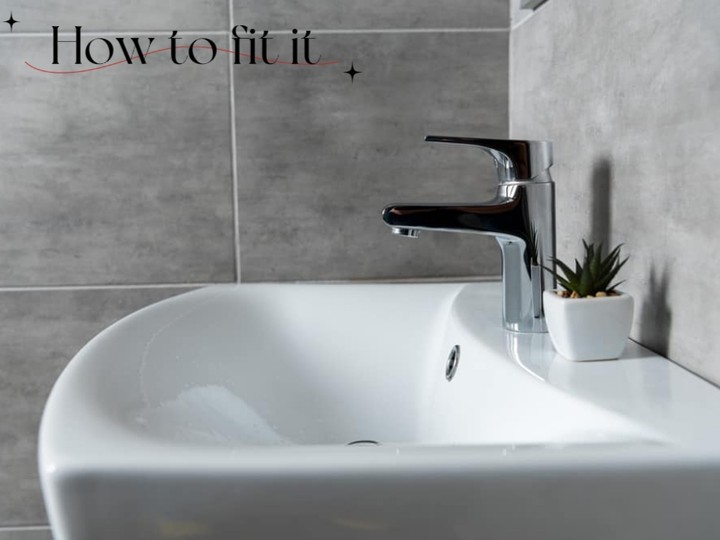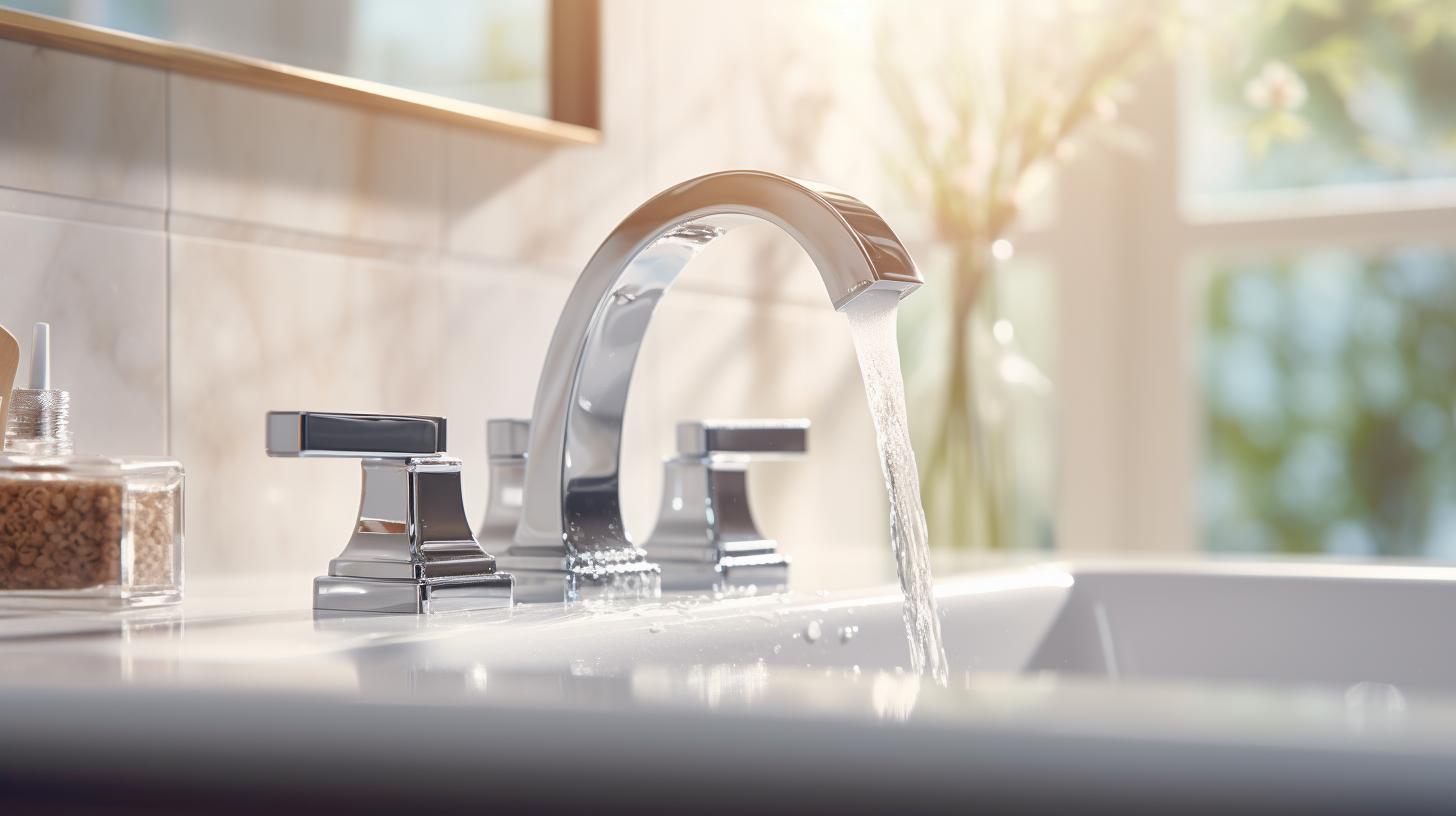Dealing with bathroom faucet leaks at base can be a frustrating experience. When water starts seeping out from the base, it is important to take immediate action to prevent water damage, mold growth, and unnecessary water wastage. This extensive guide aims to provide you with a detailed step-by-step approach to identifying, troubleshooting, repairing, and preventing leaks in bathroom sink faucets at the base. By following these comprehensive instructions, you can effectively address the issue and maintain a functional and leak-free faucet.
Identifyi ng the Leakage:
ng the Leakage:
Before proceeding with repairs, it is essential to confirm that the leak is originating from the base of the faucet. How to fix a leaking outdoor faucet? Follow these steps to identify the source of the leak:
- Thoroughly dry the faucet and surrounding area.
- Turn on the water and observe the base of the faucet for any signs of water leakage.
Note: Differentiate between leaks from the base and water trickling down from the faucet handles, as the latter may indicate a separate problem.
Common Causes of Base Leakage:
Understanding the potential causes of a leaky bathroom sink faucet at the base will help you troubleshoot and address the issue effectively. The following are the most common culprits:
- Worn-out O-rings:
O-rings are small rubber or silicone rings that create a watertight seal within the faucet assembly. Over time, they can become worn, cracked, or damaged, leading to water seepage around the base of the faucet.
Solution: Replacing the worn-out O-rings is usually sufficient to resolve the leakage problem.
- Damaged Cartridges:
Cartridges control the flow of water and temperature in the faucet. Continuous use can cause cartridges to wear out, leading to water leaks around the base of the faucet. This issue often occurs alongside worn-out O-rings.
Solution: Replacing the cartridge, along with the O-rings, can effectively fix the leakage issue.
- Loose Connections:
Over time, the connections between the faucet components and the sink may become loose, resulting in water leaks at the base. Loose nuts, bolts, or screws can allow water to seep through.
Solution: Tightening the connections using the appropriate tools can resolve the leakage problem.
- Corroded Valve Seat:
The valve seat is a part of the faucet that connects the spout with the faucet body. If the valve seat becomes corroded due to mineral deposits or decay, it can cause water to leak around the base.
Solution: Cleaning or replacing the valve seat, depending on its condition, can rectify the leakage issue.
-
Improper Faucet Installation:
In some cases, a leaky faucet at the base may be the result of incorrect installation. Improper alignment, missing components, or inadequate sealing can lead to water leakage.
Solution: Faucet installation should be correctly, ensuring proper alignment and sealing, can resolve the leakage problem.
DIY Steps to Fix the Faucet:
Before considering professional assistance, you can attempt to repair the leaky bathroom sink faucet yourself by following these comprehensive steps:
- Turn off the water supply:
Locate the shut-off valves under the sink and turn them clockwise to stop the water flow. Open the faucet handles to release any remaining water in the system.
- Gather the necessary tools and materials:
To fix the faucet, you will typically need the following:
– Replacement O-rings (specific to your faucet model)
– Cartridge removal tool (if needed)
– Adjustable pliers or a wrench
– Screwdriver set (flathead and Phillips head)
– Cleaning solution (if applicable)
– Towels or rags for cleanup
- Disassemble the faucet:
– Remove the decorative cap: Look for a small cap on the faucet handle and gently pry it off using a flathead screwdriver.
– Unscrew the handle screw: Use a screwdriver or an Allen wrench to remove the screw securing the handle. Set the screw aside in a safe place.
– Remove the handle: Carefully lift the handle off the faucet assembly, exposing the cartridge or valve assembly.
- Inspect and address the specific issue:
– O-ring replacement: Examine the O-rings for signs of wear, cracks, or damage. If necessary, remove the old O-rings using pliers or a wrench and replace them with new ones. Apply plumber’s grease to the O-rings for proper lubrication.
– Cartridge replacement: Inspect the cartridge for wear, damage, or malfunction. If required, remove the old cartridge using pliers or a cartridge removal tool and replace it with a new one. Ensure the new cartridge is aligned correctly with the faucet body.
– Tighten loose connections: Using appropriate tools, tighten any loose nuts, bolts, or screws connecting the faucet components to the sink. Be careful not to overtighten and damage the fixtures.
– Clean or replace the valve seat: If the valve seat is corroded, clean it using a suitablecleaning solution and a brush. If cleaning doesn’t resolve the issue, consider replacing the valve seat with a new one.
- Reassemble the faucet:
– Carefully reassemble the faucet components in the reverse order of disassembly, ensuring everything fits snugly and is properly aligned.
– Tighten all screws and connections, but avoid overtightening, as it can cause damage.
Preventing Future Leaks:
Once you have resolved the leaky faucet issue, it’s important to take preventive measures to avoid future problems. Here are some tips to help you maintain a leak-free bathroom sink faucet:
- Regular maintenance:
Perform periodic checks and maintenance on your faucet, including inspecting O-rings, cartridges, and connections for signs of wear or damage. Replace any worn-out parts promptly to prevent leaks.
- Avoid excessive force:
Handle your faucet with care and avoid applying excessive force when turning the handles on or off. Gentle use can help prolong the lifespan of the faucet components.
- Clean mineral deposits:
Mineral deposits can accumulate over time, leading to corrosion and leaks. Regularly clean your faucet to remove any mineral buildup using a mild cleaning solution and a soft brush or cloth.
- Address water pressure issues:
High water pressure can put additional strain on your faucet, leading to leaks. Consider installing a pressure regulator or contacting a professional to adjust the water pressure to a safe level.
- Seek professional assistance if needed:
If you encounter persistent leaks or are unsure about performing repairs yourself, it is advisable to contact a professional plumber. They can accurately diagnose the issue, provide expert advice, and ensure proper repairs.
Conclusion:
Dealing with a leaky bathroom sink faucet at the base requires prompt action and proper maintenance to prevent further damage and water wastage. By following the comprehensive steps outlined in this guide, you can successfully troubleshoot, repair, and prevent leaks in your bathroom sink faucet. Remember to exercise caution during the repair process and consider seeking professional assistance if necessary. With proper care and maintenance, you can enjoy a functional and leak-free faucet for years to come.







